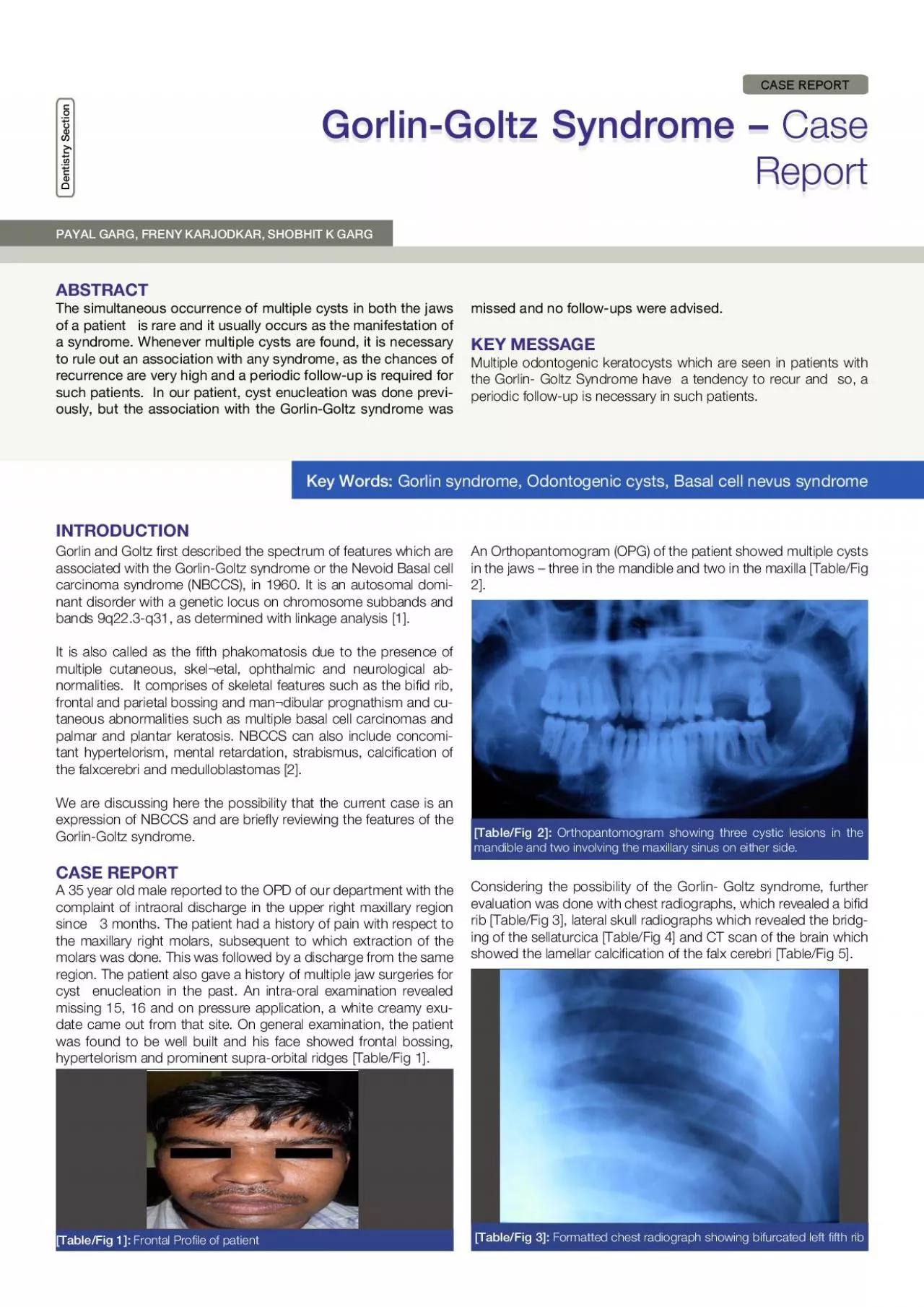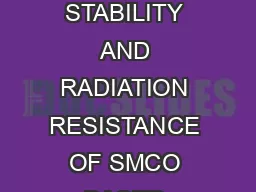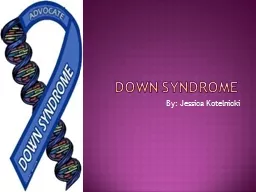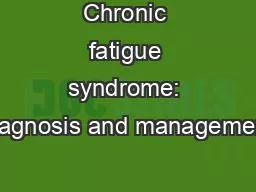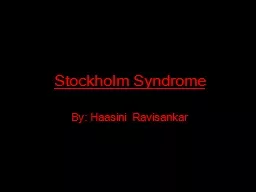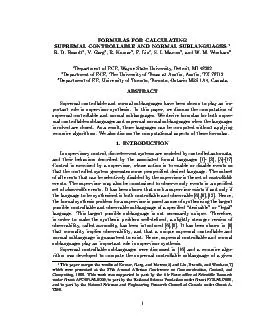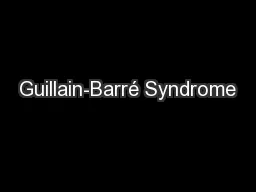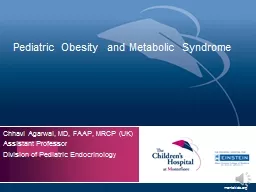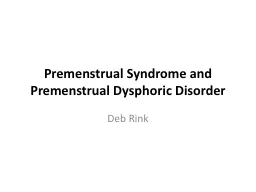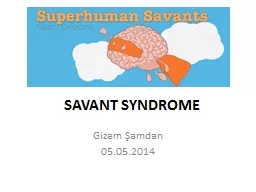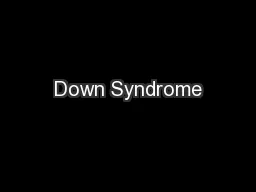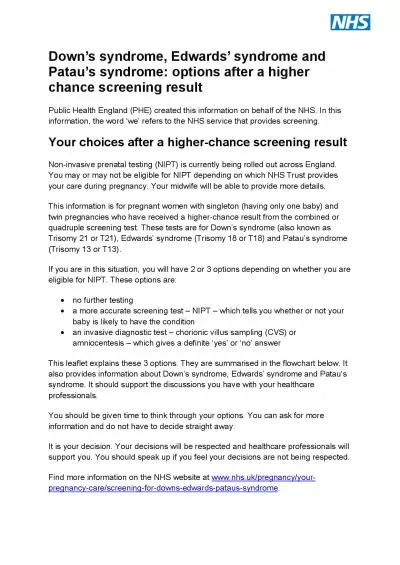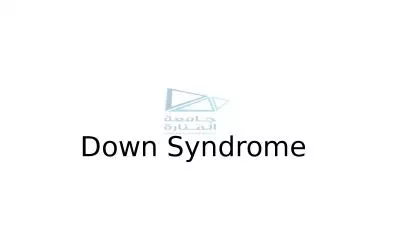PDF-Dr Payal Garg et al GorlinGoltz Syndrome
Author : ximena | Published Date : 2022-10-12
wwwjcdrnet Journal of Clinical and Diagnostic Research 2011 Apr Vol52393395 394 TableFig 4 Formatted lateral skull radiograph showing bridging of the sella turcica TableFig
Presentation Embed Code
Download Presentation
Download Presentation The PPT/PDF document "Dr Payal Garg et al GorlinGoltz Syndrome" is the property of its rightful owner. Permission is granted to download and print the materials on this website for personal, non-commercial use only, and to display it on your personal computer provided you do not modify the materials and that you retain all copyright notices contained in the materials. By downloading content from our website, you accept the terms of this agreement.
Dr Payal Garg et al GorlinGoltz Syndrome: Transcript
Download Rules Of Document
"Dr Payal Garg et al GorlinGoltz Syndrome"The content belongs to its owner. You may download and print it for personal use, without modification, and keep all copyright notices. By downloading, you agree to these terms.
Related Documents

